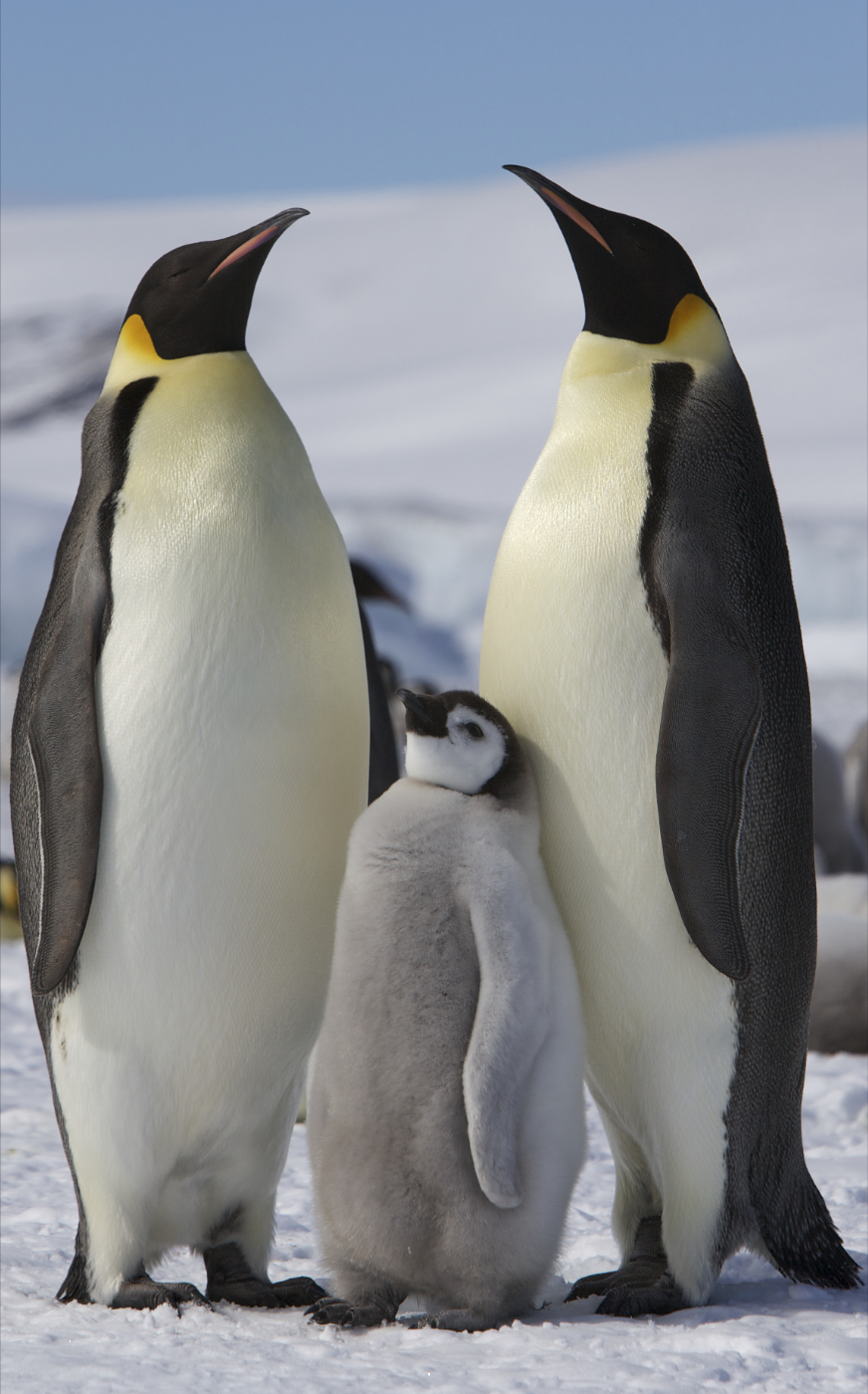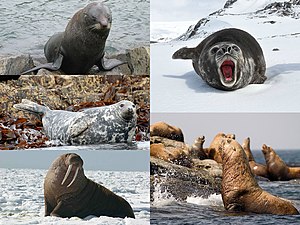Coral reefs are generally acknowledged as one of the most threatened ecosystems in the world, as well as one of the most vital. They are of critical significance for humans through their provision of subsistence food for many coastal populations, and serve as a primary coastal protection structure for most tropical islands. They are also a major pull factor for tourism and foreign exchange earnings - the value of living resources and services provided by reefs is an estimated $375 billion annually. They further provide a habitat for some of the greatest biological diversities in the world. 60,000 biotic species have been identified within the reefs, but an estimated 423,000 exist.
Reefs are described as "an oasis in a nutrient desert," and occur in oligotrophic waters, but are three times as productive as coastal upwellings. Reefs are not found on western continental coasts as the Coriolis gyre brings cold waters on to the coastal region, e.g. East Africa has fringing coral reefs, whilst West Afriac does not. Their optimum temperature is 23-25C, and they typically occur in warm oceanic currents such as within Bermuda.
Reef development
There are two primary types of coral: order Hexacorallia (hard corals) and order Octocorallia (soft corals). They are cnidarians, multicellular, simple organisms of the lower Metazoa, and have nematocysts for predation and defence. Once a nematocyst has been fired, they regenerate within a few hours. Scleractinic reef-building corals undergo extensive calcification processes, and they are called hermatypic corals - meaning reef-building and symbiotic. A colony is called a Coenosarc, and growth results from polyp division and the gradual accumulation of calcium carbonate between corallites, alongside growth from Stolons. This is a root-like growth that polyps grow out of and lay down cellular layers on the substratum. Monopodal growth describes the development of a young polyp trunk from an old polyp. Sympodal growth describes young polyps growin at the edges of older polyps, and dychotomic growth occurs from the symmetric division of polyps.
Asexual Reproduction
This is the main cause of colony growth, and occurs through three main processes. The first is fragmentation, which occurs mainly in unfavourable conditions or following storm damage: an entire colony branches off to form a new colony. In budding, new polyps 'bud' off from parent polyps to form new colonies. Colony fission can also occur. The polyps may divide longitudinally, wherein the polyp broadens and divides longitudinally, leading to the growth of two smaller polyps. Transverse division may also occur where the polyp divides horizontally, and one polyp forms from the mouth region, one from the base. Intratentacular budding occurs where a new polyp forms from the oral disc of an old polyp. Extratentacular budding describes the formation of a new polyp from the base of an old polyp.
Sexual Reproduction
"Broadcasters" are spawners in hermatypic corals, and around 75% of all known coral species spawn positively buoyant gametes at very specific times so as to ensure fertilisation. Many coral species may mass spawn within a narrow time-frame, and intra-species fertilisation is common, although mass spawning raises the possibility of hybridisation by congeneric species. Mass spawning is vulnerable to catastrophic events, and can smother corals.
Brooders are ahermatypic corals that live in disturbed, nearshore reef zones. Here, sperm, but never eggs are released in to the water, and brooding produces mature, often negatively buoyant plantulae ready to settle, e.g Favia fagum. The larvae float to the top, sink back and settle, before metamorphing in to a founder polyp to become another colony. Acropora spp., release brooded larvae.
The time of spawning is affected by:
- Sea temperature
- Lunar cycle
- Day length
- Irradiance
- Wind and currents
- Rainfall
- Chemical stimuli
- Latitude (higher latitudes have shorter breeding seasons)
Spawning corals:
- Montpora spp., - a broadcaster that spawns between 8-10pm following a new moon in June and August.
- Porites spp., - a broadcaster from 11pm-1am following a full moon from June to August.
- Pocillopora spp., - a brooder that follows the lunar cycle, releases fertilised eggs throughout the year.
- Acropora spp., - a brooder viviparous in nature that releases planulae (see mangal communities for more info on viviparous flora).
The Algae
Scleractinian (reef-building) corals are highly dependent on zooxanthellae such as Symbiodinium spp., symbiotic single-celled algae that provide 95% of the carbon required by the corals for growth, reproduction and maintenance. They have an outer membrane that is thin and leaks metabolites, which is beneficial for the coral polyp, which can harness all that is leaked. The algae becomes non-motile once it forms a symbiotic relationship with the polyp, therefore becomes more vulnerable and depends upon the polyp for structural support and protection. They are both highly vulnerable to environmental stresses that impact on the symbiotic relationship and often cause bleaching.
Reef types and morphology
1. The lagoon: Has a sandy substratum, sea-grass beds e.g. Syringodium spp., and are important nursery grounds for reef fish, alongside echinoderms and holothuroidae. Halimeda spp., (green algae) are prevalent, and coral growth occurs from fragments broken off by wave and storm damage. Sea cucumbers are important to bioturbate the sediment and provide organics for other species. In defence they will eject their stomachs and evicerate. Black-tipped reef sharks (Carcharhinus melanopterus) is also commonly found here, alongside mushroon corals.
2. The reef back: Inshore from the reef flat, this has limited water movement, therefore a higher turbidity and lower diversity. It is a habitat for massive corals such as Porites spp., alongside the hydroid fire coral Milepora spp., with a very powerful sting, alongside Octacorallia in the low-energy region e.g. Lobophyton spp. Giant clams (Tridacna spp.) are also found secreting calcium carbonate.
3. Reef flat: At low tide, this section is very shallow or even exposed. The coral is generally branching, for example dominantly Acropora spp., and is home to Damsel fish, Butterfly fish, Surgeon fish and Parrot fish, alongside a tummult of invertebrates - bivalves, gastropods, crustaceans, and porifera.
4. Reef crest and reef front: The crest is quite shallow, with high wave action and no corals since it is frequently exposed: encrusting red algae such as Porolithon is more commonly found. Down the reef-front, fast growing corals such as Acropora spp., may once again be found, alongside the massive and encrusting corals. Competitor corals come in which are slow-growing and flat, tabular species, adapted to lower light levels. Larger Humpead Parrotfish, Jacks and Humphead Wrasse fish species are also found amongst oceanic fish, turtles and marine mammals.
Species Interaction
Species mutualism may be seen between predatory fish and the Labroides spp., which are small, cleaner fish. The Trapezia crab spp., defend their host coral Pocillopora against the invasive, grazing asteroidae Acanthaster spp. Clown fish also lay residence within anemones - Hetractic spp.
Threats to the systems
The primary natural pressure is grazing from urchins such as Diadema spp., and the Crown-of-Thorns starfish, Acanthaster planci, A greater threat however, is bleaching.
Bleaching occurs when the coral animals expell the zooxanthellae out of stress, alongside their photosynthetic pigments. Stresses that cause this include freshwater flooding, pollution, sedimentation, disease, increased or decreased light and elevated sea surface temperatures. In such an event the corals may lose up to 90% of their zooxanthellae, and the zooxanthellae themselves may lose up to 80% of their photosynthetic pigments. This may be recovered from, but prolonged or extreme exposure can result in the mortality of entire reef assemblages.
CASE STUDY: The Live Reef Food Fish Trade: Cyanide Fishing in Indonesia.
The LRFFT has rapidly expanded throughout SE Asia, and the trade concentrates on groupers such as Plectropomus spp., and Napoleon wrasse (Cheilinus undulatus). These top-predators are long-lived and slow-growing, but the overexplotiation of target species is not the key stress on coral reefs: the method of capture is. Cyanide is applied to stun the fish, causing severe reef degradation from secondary bleaching and polyp death. The estimated loss in live coral cover from cyanide fisheries for food is between 0.05-0.06m^2 per 100m^2 per year. However, this estimate should not be taken optimistically, as coral cover recovery does not equate to a return to a healthy state of being, and the longer-lived hard corals such as Porites spp., struggle much more to recolonise an area. Further, removing top predators significantly affects the trophic cascade of the system, and the preferential removal of larger individuals affects the sex ratio and reproductive success of the exploited species, leading to a positive feedback loop.

Resistance: The ability of individual corals to resist bleaching or to survive after they have been bleached, or been subject to another such stress. This may be due to an intrinsic species/colony-specific tolerance or extrinsic environmental factors that afford some protection from the stress.
Resilience:Stable states respond to change through their ability to absorb disturbance, recover or reorganise, and adapt to different circumstances. The speed of return to equilibrium after a disturbance.






